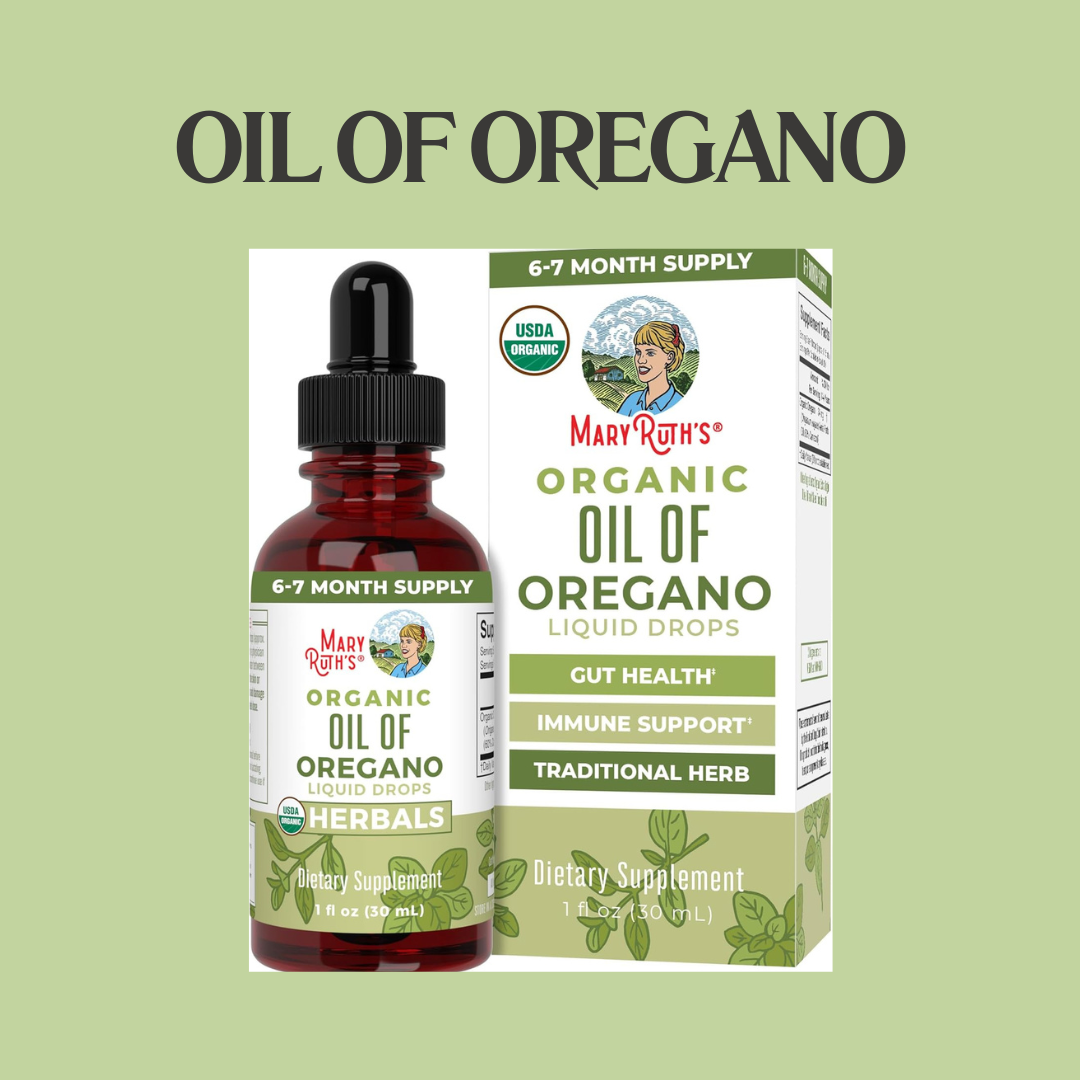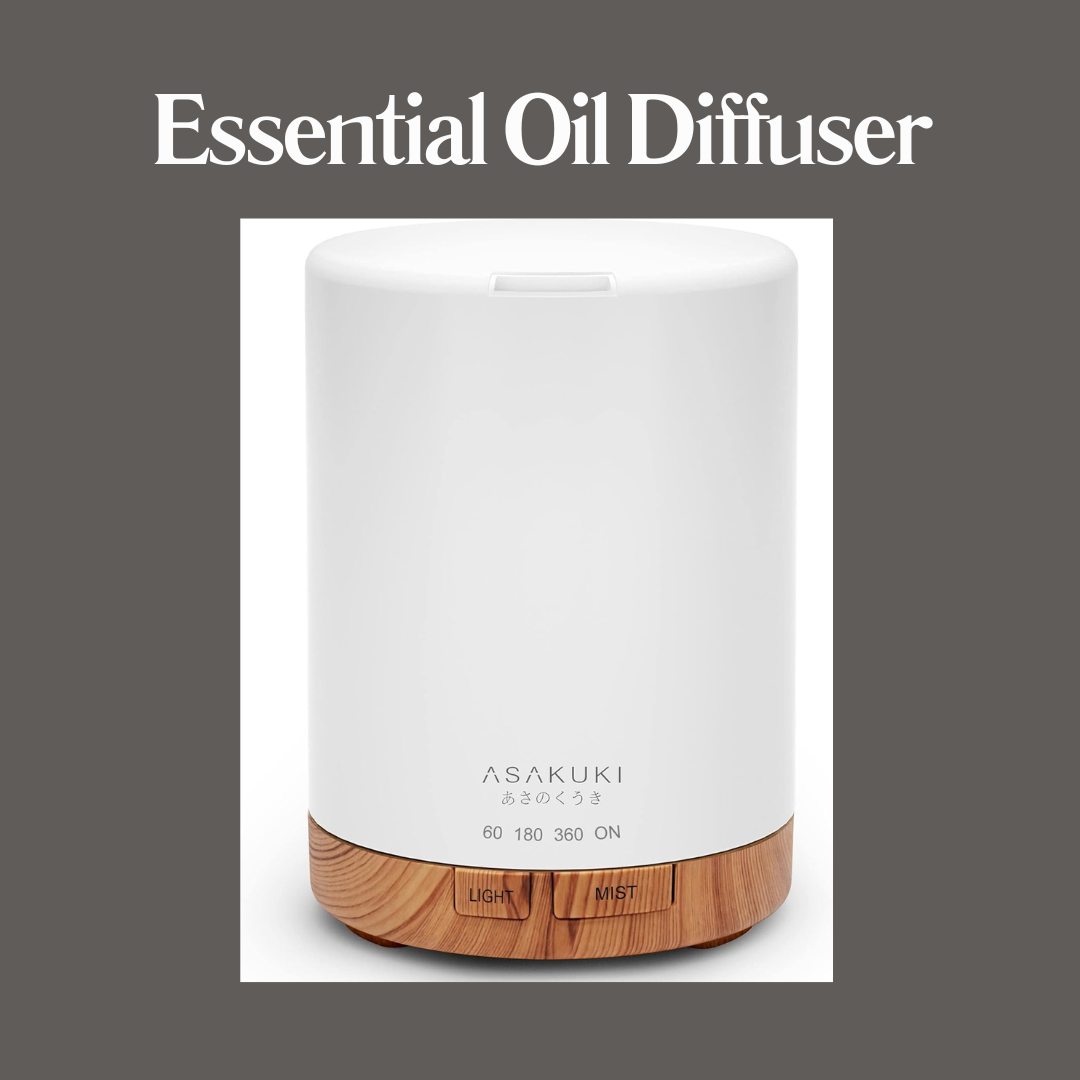Essential Oils for Ear Infection Relief: Natural Remedies, Tips, and Research
Ear infections can be painful, uncomfortable, and inconvenient. They are commonly caused by bacteria or viruses, leading to inflammation in the middle ear, particularly in children. While antibiotics are often prescribed, many people are turning to natural remedies like essential oils to help alleviate symptoms associated with ear infections. Essential oils contain plant-derived compounds that offer antimicrobial, anti-inflammatory, and analgesic effects, making them potential aids for ear discomfort relief.
In this article, we will explore which essential oils are commonly used for ear infections, how they work, and safe ways to use them. While essential oils can support ear infection relief, they should never replace medical treatments prescribed by a doctor, especially for severe infections.
How Essential Oils Can Help Ear Infections
Essential oils are concentrated plant extracts that carry the medicinal properties of the plants from which they are derived. Some essential oils contain compounds that may provide benefits for ear infection symptoms, such as:
Antimicrobial Effects: Many essential oils are known to have antibacterial and antiviral properties, which may help in controlling infections.
Anti-Inflammatory Properties: Essential oils can reduce inflammation, which is a common symptom of ear infections.
Pain Relief: Certain oils have natural analgesic (pain-relieving) effects that can help reduce discomfort.
Top Essential Oils for Ear Infection Relief
Here are some essential oils that are commonly used for ear infections. Always consult with a healthcare professional before using essential oils, particularly for sensitive areas like the ears.
1. Tea Tree Oil for Its Antimicrobial Properties
Tea tree oil, also known as melaleuca oil, is derived from the leaves of the Melaleuca alternifolia plant. This oil has strong antibacterial, antiviral, and antifungal properties, making it popular for treating infections. Research indicates that tea tree oil contains terpinen-4-ol, a compound with powerful antimicrobial activity that may help reduce the growth of bacteria causing ear infections.
How to Use: Mix 1-2 drops of tea tree oil with a carrier oil (such as coconut oil), and apply it around the outer ear area (never inside the ear canal). Inhalation through steam or using a diffuser can also help.
2. Garlic Oil for Natural Antibiotic Effects
Garlic oil is widely used in alternative medicine for its antibacterial and antiviral properties. Studies show that garlic contains allicin, a sulfur compound with antimicrobial effects that can help fight infections. Garlic oil may be particularly helpful for bacterial ear infections and may relieve inflammation as well.
How to Use: Garlic oil should always be diluted with a carrier oil. Apply a small amount to a cotton ball and place it near the ear (not inside the ear canal) for temporary relief.
3. Lavender Oil for Pain and Inflammation
Lavender oil is known for its calming effects and mild pain-relieving properties. Its anti-inflammatory properties can help reduce swelling and discomfort, making it a gentle option for ear pain associated with infections. A study from the National Institutes of Health shows lavender oil’s potential as a mild analgesic, which may help reduce ear pain.
How to Use: Dilute lavender oil with a carrier oil and gently massage around the ear and neck area. Inhaling lavender oil through a diffuser may also help with relaxation and pain relief.
4. Basil Oil for Antibacterial Benefits
Basil essential oil has been used traditionally to treat ear infections and respiratory infections. Studies show that basil oil has antibacterial and antiviral properties, and its active compound, eugenol, is known for its anti-inflammatory and analgesic effects. This can help soothe the pain and reduce infection symptoms.
How to Use: Dilute basil oil with a carrier oil and apply it carefully around the outer ear area. Avoid applying it inside the ear canal, as basil oil is potent.
5. Oregano Oil as a Strong Antimicrobial
Oregano oil is a powerful essential oil with antimicrobial properties that can help fight infections. It contains carvacrol and thymol, two compounds with strong antibacterial and antiviral effects. Due to its potency, oregano oil is often used with caution and only for short durations.
How to Use: Mix one drop of oregano oil with a carrier oil and apply around the outer ear area. Avoid direct contact with the ear canal, as this oil is very strong and may cause irritation.
6. Eucalyptus Oil for Reducing Congestion
Eucalyptus oil is commonly used for respiratory and ear infections as it can help clear congestion and reduce inflammation. Its active ingredient, eucalyptol, acts as an anti-inflammatory and can relieve pain associated with ear infections.
How to Use: Inhale eucalyptus oil through a diffuser, or add a few drops to a bowl of hot water and breathe in the steam. Avoid direct application to the skin around the ear, as it may be too intense for sensitive areas.
Safety Tips for Using Essential Oils for Ear Infections
While essential oils may provide some relief, it is essential to use them safely, especially when dealing with ear infections. Here are some important safety tips:
Never Put Essential Oils Inside the Ear Canal: Essential oils should only be applied around the outer ear, not inside the ear, as they can cause irritation or worsen the infection.
Always Dilute with a Carrier Oil: Essential oils are very concentrated and can cause burns or irritation if applied directly to the skin.
Consult a Doctor: Essential oils are complementary to medical treatments and should not replace prescribed medications or professional advice.
Patch Test First: Perform a patch test on a small area of skin to ensure you do not have an allergic reaction to the essential oil.
Use Sparingly for Children: Essential oils should be used cautiously with children. Lavender and chamomile oils are gentler options, but always consult with a pediatrician before using essential oils on children.
What the Research Says
While there is limited direct research on essential oils for ear infections, several studies support the antimicrobial, anti-inflammatory, and analgesic properties of certain essential oils. However, it's important to remember that while these oils may help reduce symptoms, they do not cure infections and should not replace medical treatment.
Conclusion
Essential oils may offer some comfort and symptom relief for those suffering from ear infections, particularly for mild cases or when used alongside other treatments. With their anti-inflammatory, antimicrobial, and pain-relieving properties, oils like tea tree, garlic, and lavender provide a natural alternative for symptom management. However, always prioritize safety, consult a healthcare professional, and use essential oils as a complementary remedy, not as a substitute for professional medical care.
References
National Center for Complementary and Integrative Health. (n.d.). Aromatherapy: In Depth. Retrieved from nccih.nih.gov.
National Library of Medicine. (2020). Lavender: A Comprehensive Review of Essential Oil Benefits and Uses. Retrieved from ncbi.nlm.nih.gov.
University of Maryland Medical Center. (n.d.). Ear Infections: Diagnosis and Alternative Treatments. Retrieved from umm.edu.
Johns Hopkins Medicine. (2019). Essential Oils and Infections: How Effective Are They?. Retrieved from hopkinsmedicine.org.
U.S. Food and Drug Administration. (2021). Safety and Use of Essential Oils. Retrieved from fda.gov.
Mayo Clinic. (2022). Ear Infections in Adults: Symptoms and Treatments. Retrieved from mayoclinic.org.



